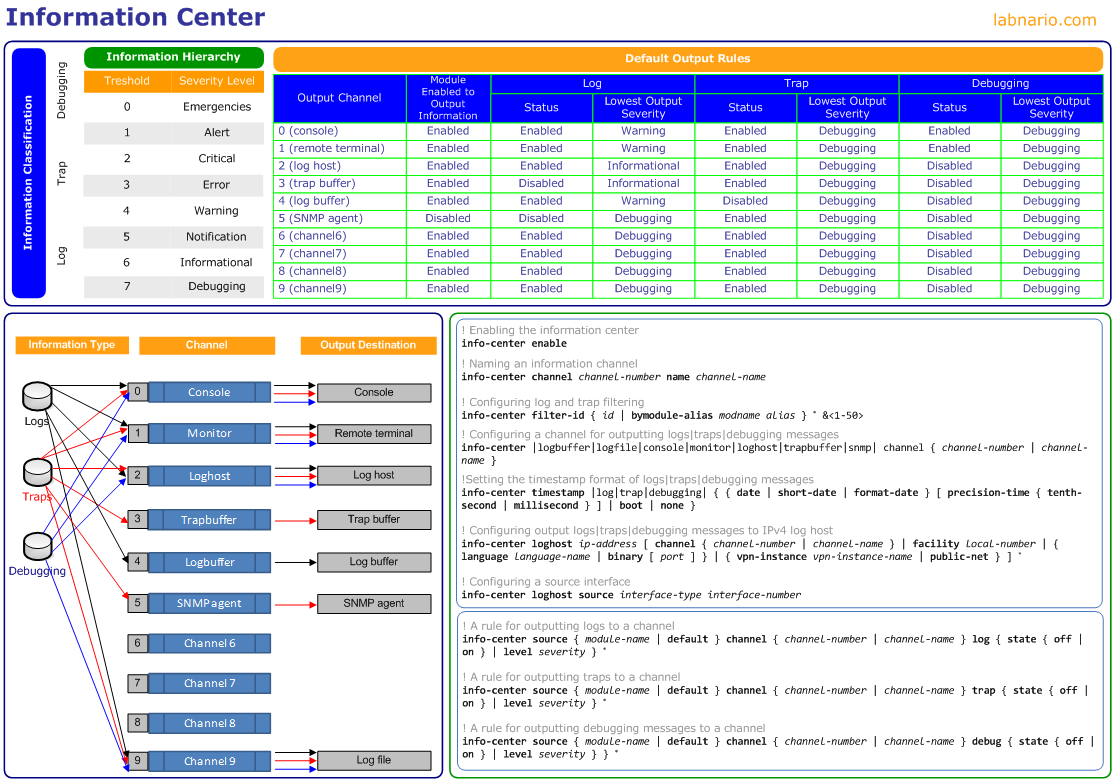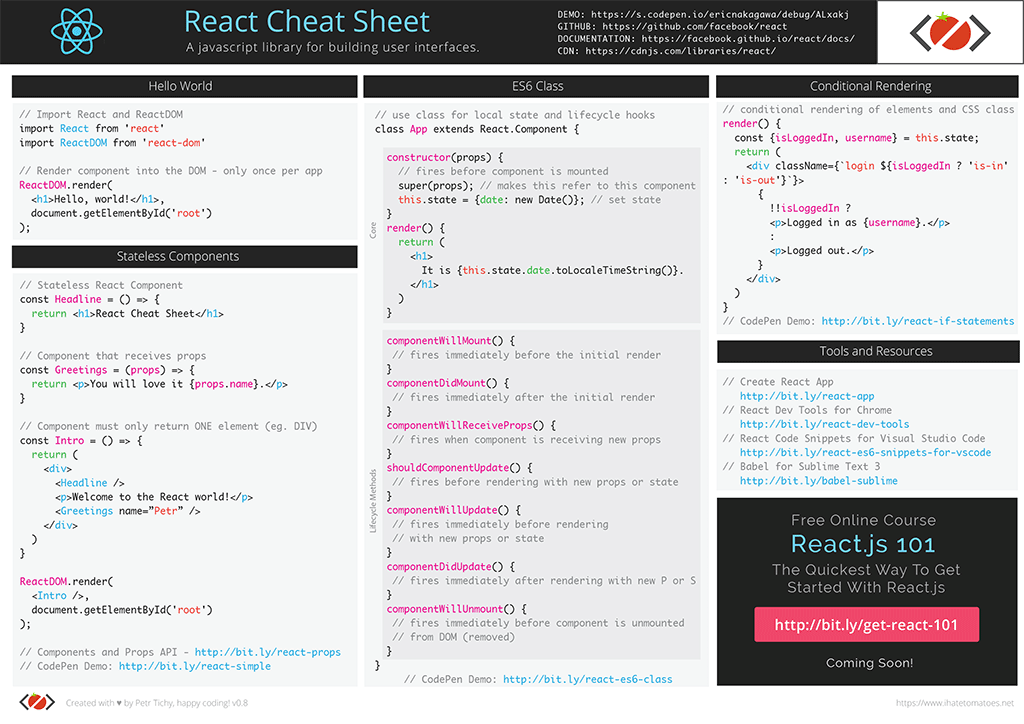

Conditional formatting allows you to highlight cells that meet specific criteria.

Round a number down to the first number of significance, e.g. Round a number up to the first number of significance, e.g. Example: MAX(A1:O1)įormats text with the correct capitalization useful when importing data from other sources. Example: MIN(A1:O1)įinds the maximum value of a set. Example: VALUE(B1)įinds the minimum value of a set. Example: CONCATENATE(A1, B1)Ĭonvert numbers that have been stored in text to integers. Example: TRIM(A1)Ĭhecks whether a condition is met and returns one value if true and another if false Example: IF(A1=‘Yes’, True, False)Ĭombines the values of multiple cells into a single cell. Removes all white space from the front and back of a cell.

Example: SUMIFS(A1:A4,B1:B4,E1)Ĭalculates the average values in a range of cells Example: AVERAGE(A1:A4)Ĭounts the number of cells in a range that contains numbers Example: COUNT(A1:A4)įinds the smallest value in a range of cells Example: MIN(A1:A4)įinds the largest value in a range of cells Example: MAX(A1:A4) Adds the values of a range of cells Example: SUM(A1:A4)


 0 kommentar(er)
0 kommentar(er)
